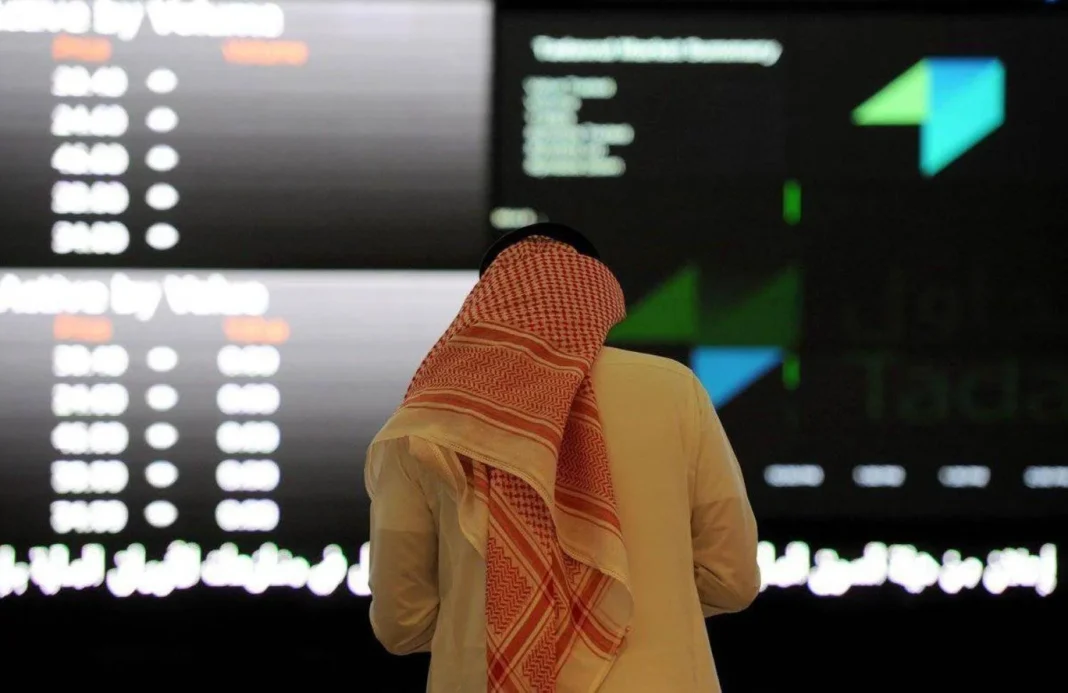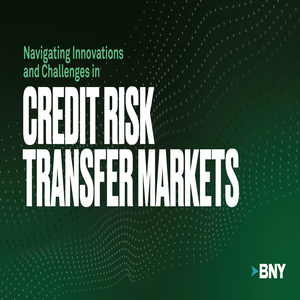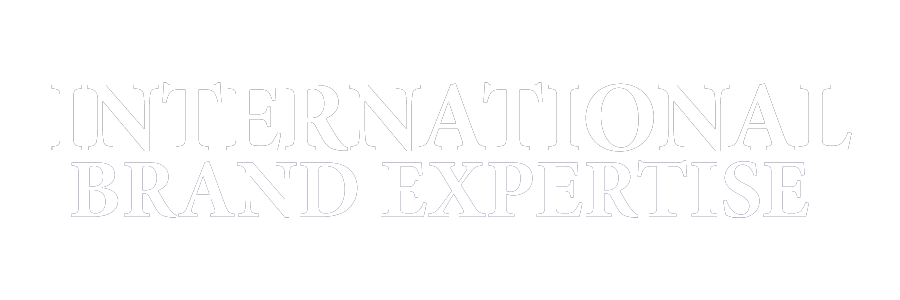Equity markets across the Gulf region were reported to have maintained relative stability as investors were said to have been balancing optimism from strong corporate earnings against persistent concerns regarding U.S. trade policy. This cautious stance was attributed to reports suggesting that the United States was pressing for a minimum tariff of 15% to 20% in any prospective trade agreement with the European Union. While global economic jitters continued to cast a shadow, support from firm regional earnings and stable oil prices was believed to have helped counterbalance the prevailing external pressures.
The Saudi Arabian stock market, represented by its benchmark index, was observed to have recorded a modest increase of 0.2%. This uptick came after a prolonged period of decline, marking what was poised to be the end of its longest losing streak in nearly two years. The gains were largely driven by the financial sector, where major banks delivered positive second-quarter results that buoyed investor sentiment.
Saudi National Bank, recognized as the country’s largest financial institution by assets, was noted to have risen by 1.5%, while Al Rajhi Bank, the leading Shariah-compliant bank in the Kingdom, witnessed an increase exceeding 1%. The strong financial performance of these banking giants was interpreted as a sign of resilience in the sector, encouraging market participants to re-engage with banking stocks after a period of cautious trading.
However, not all corporate announcements were favorable. Shares of the petrochemical firm SIPCHEM declined sharply by 3.7% following the release of its earnings, which revealed a rare quarterly loss. This marked the first instance of negative results for the company in five years, thereby prompting a pullback from investors who had previously viewed the stock as a dependable performer.
In Dubai, the main equity index was seen to have declined by 0.1%. The weakness was attributed to broad-based profit-taking, as traders were reported to have opted to cash in on gains following a rally that had taken the market to multi-year highs. Despite the overall decline, pockets of strength remained, particularly in the aviation sector.
Air Arabia stood out with a notable surge of 5.1%, reaching a record high. This performance followed the announcement that the carrier had secured the winning bid to operate a new Saudi Arabian low-cost national airline. The airline, slated for launch by 2030, was expected to play a major role in the Kingdom’s expanding aviation sector. The market’s enthusiastic response to this development reflected confidence in the firm’s long-term growth prospects.
Meanwhile, Abu Dhabi’s stock index was observed to have ended lower, with market participants adopting a wait-and-see approach ahead of several critical earnings reports. The subdued trading activity was interpreted as a sign that investors were withholding directional bets until greater clarity emerged on the corporate front.
Qatar’s stock market fared better, with its benchmark index inching higher by 0.1%. The index was said to be approaching a two-year high, supported by strong performances from select financial institutions. Commercial Bank of Qatar led the gains with an advance of 1.5%, while Qatar International Islamic Bank also posted a 1.4% increase after reporting a 5.2% year-on-year rise in half-year profits.
Market observers noted that the regional performance remained relatively decoupled from the volatility experienced in broader international markets, where trade disputes and geopolitical tensions had dominated headlines. Gulf investors were reported to have shown a preference for fundamentally strong companies, particularly in the banking and consumer-facing sectors, amid global uncertainties.
Analysts further indicated that regional sentiment was being bolstered by oil prices that had remained steady in recent sessions. This stability in crude markets, a key driver of fiscal strength for Gulf economies, was seen as a supporting factor for corporate earnings and, by extension, equity valuations.
While trade policy uncertainty from the U.S. continued to create unease globally, the Gulf region’s corporate resilience and economic diversification efforts were believed to be playing a key role in cushioning local markets from external shocks. Investors were said to be watching closely for further policy developments from Washington, as well as earnings releases from key regional companies, in order to gauge the market’s direction in the weeks ahead.
Overall, the Gulf’s equity landscape was viewed as cautiously optimistic, with local catalysts helping to sustain momentum even as broader concerns loomed in the background. The interplay between strong corporate fundamentals and macro-level risks was expected to define trading behavior in the near term.












